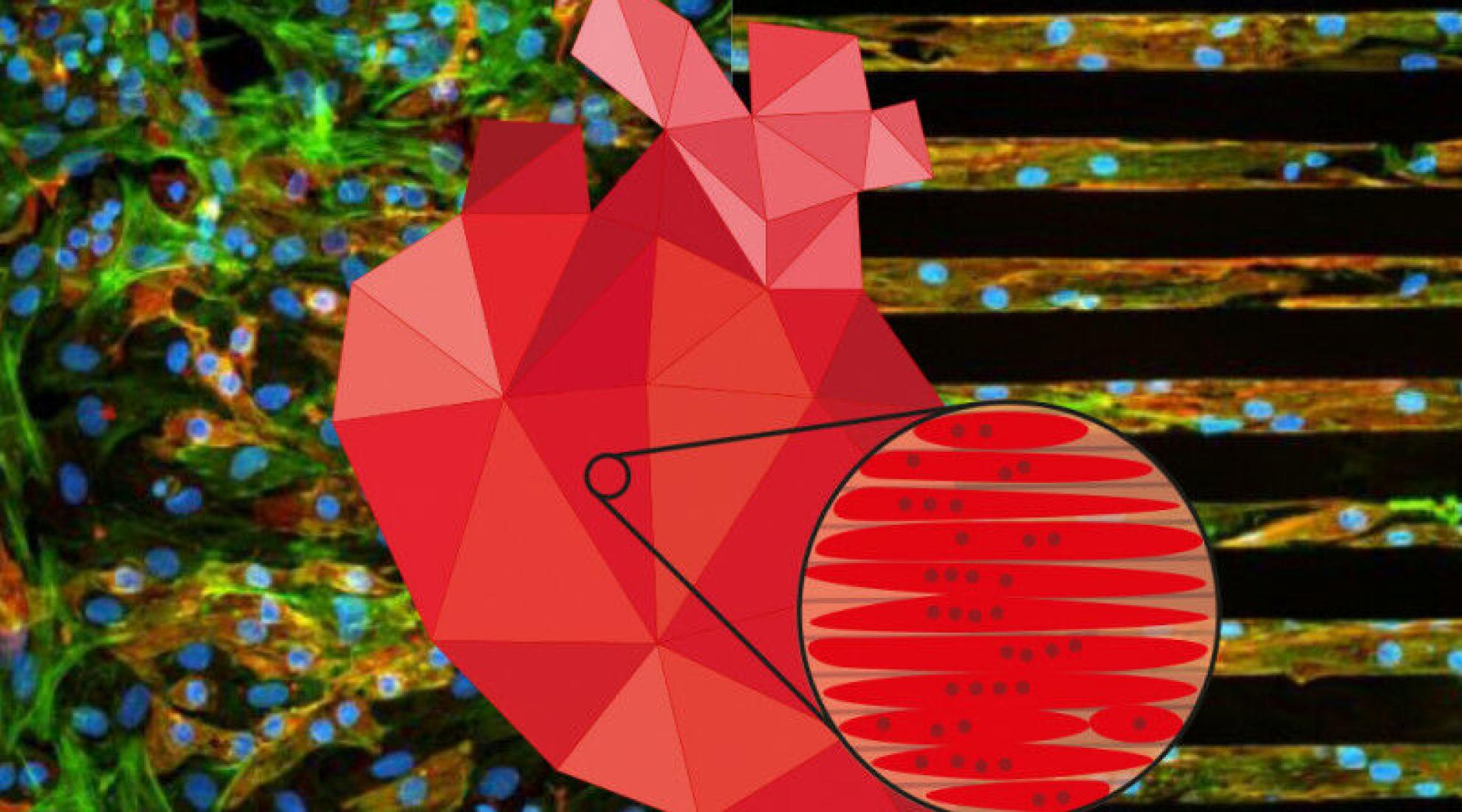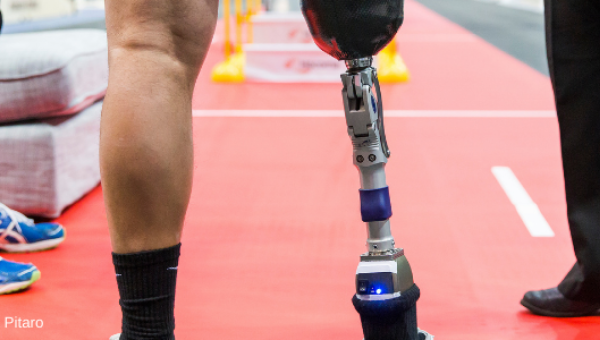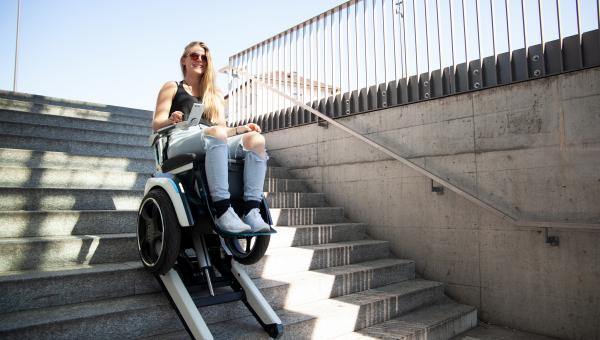A patch for the heart

Researchers from Switzerland have unveiled a groundbreaking method for engineering artificial heart tissue, drawing inspiration from the ancient art of origami.
If a cardiac arrest is treated quickly, it is usually not fatal. However, the risk increases significantly with subsequent heart attacks. For this reason, restoring proper heart function is crucial. Although the heart may continue to pump after a heart attack, inadequate performance can result in severe health complications. Current treatments include medication and, when needed, surgical intervention.
In a recent study published in ACS Biomaterials Science & Engineering, researchers from Switzerland presented a novel approach that could replace dead cells in the heart – acting as a kind of patch.
Folding paper into heart tissue
The team from the University of Basel, the University of Applied Sciences and Arts Northwestern Switzerland (FHNW), the Swiss Nanoscience Institute (SNI), and the company OMYA International AG have grown several types of heart tissue on small cellulose sheets in the laboratory. This cellulose paper features detailed patterns on both microscopic and macroscopic levels. The micropatterns guide the alignment of heart muscle cells, enhancing their contractile function, while the macropatterns – achieved through origami-inspired folding – create a three-dimensional structure that mimics the natural architecture of heart tissue. Thanks to an accordion-like folding structure, these sheets can contract and expand with the heart muscle.
The ultimate goal is to restore the heart’s pump function.
At present, the work remains confined to laboratory research. The project’s objective is to develop a therapy for hearts compromised by ischaemia—a condition in which blood flow and oxygen delivery to the heart are reduced or blocked, impairing its ability to function properly.
Future directions
The origami-inspired technique holds significant promise for developing cardiac patches that could be used to repair damaged heart tissue following events like a heart attack. While the study demonstrates the feasibility of combining origami-inspired folding with micropatterned scaffolds, further research is needed to optimise the technique and evaluate its long-term efficacy. According to the researchers, the next step will be to add additional layers and make the patch fully functional. They then plan to move on to testing in small animals, and eventually, clinical trials in humans.




